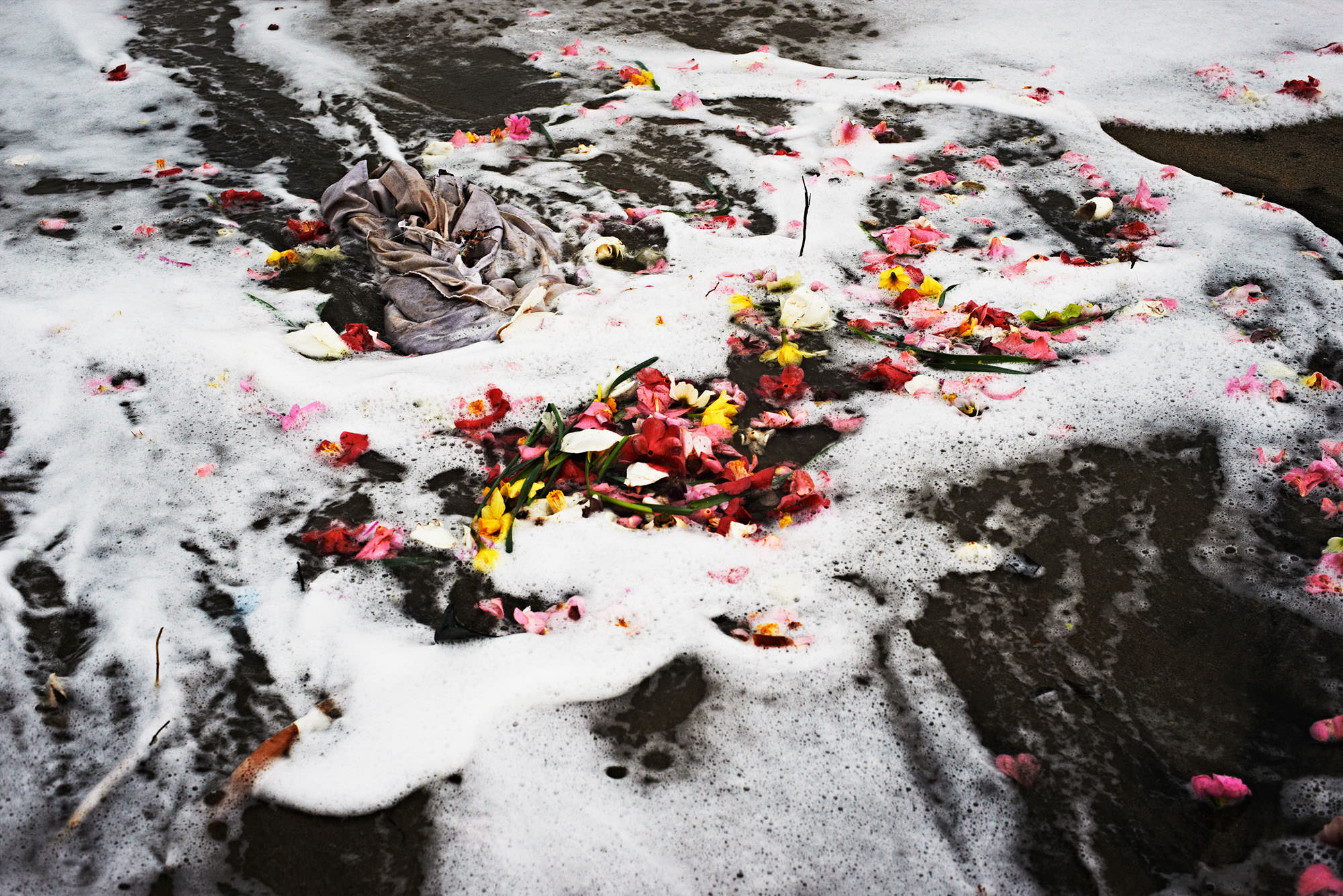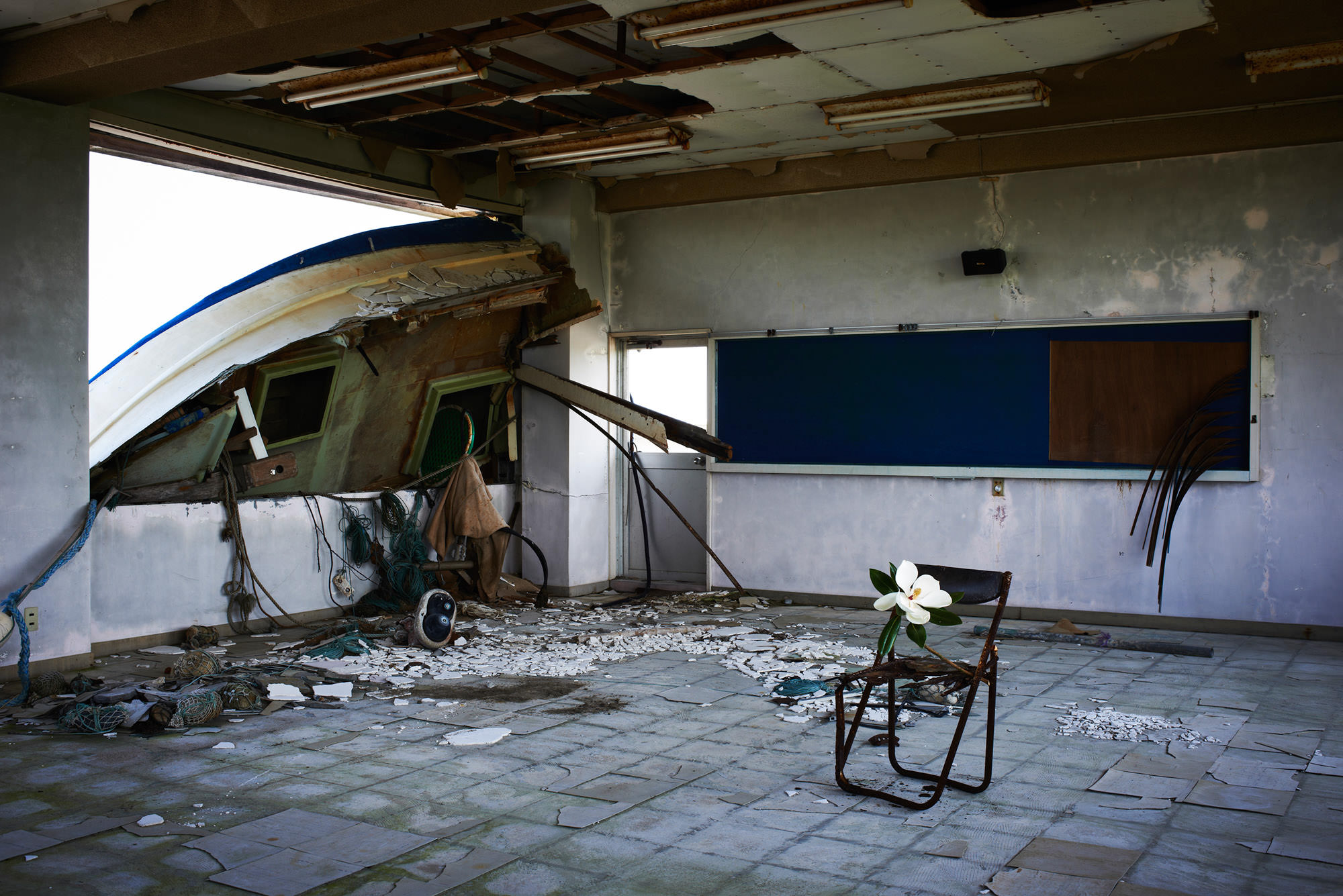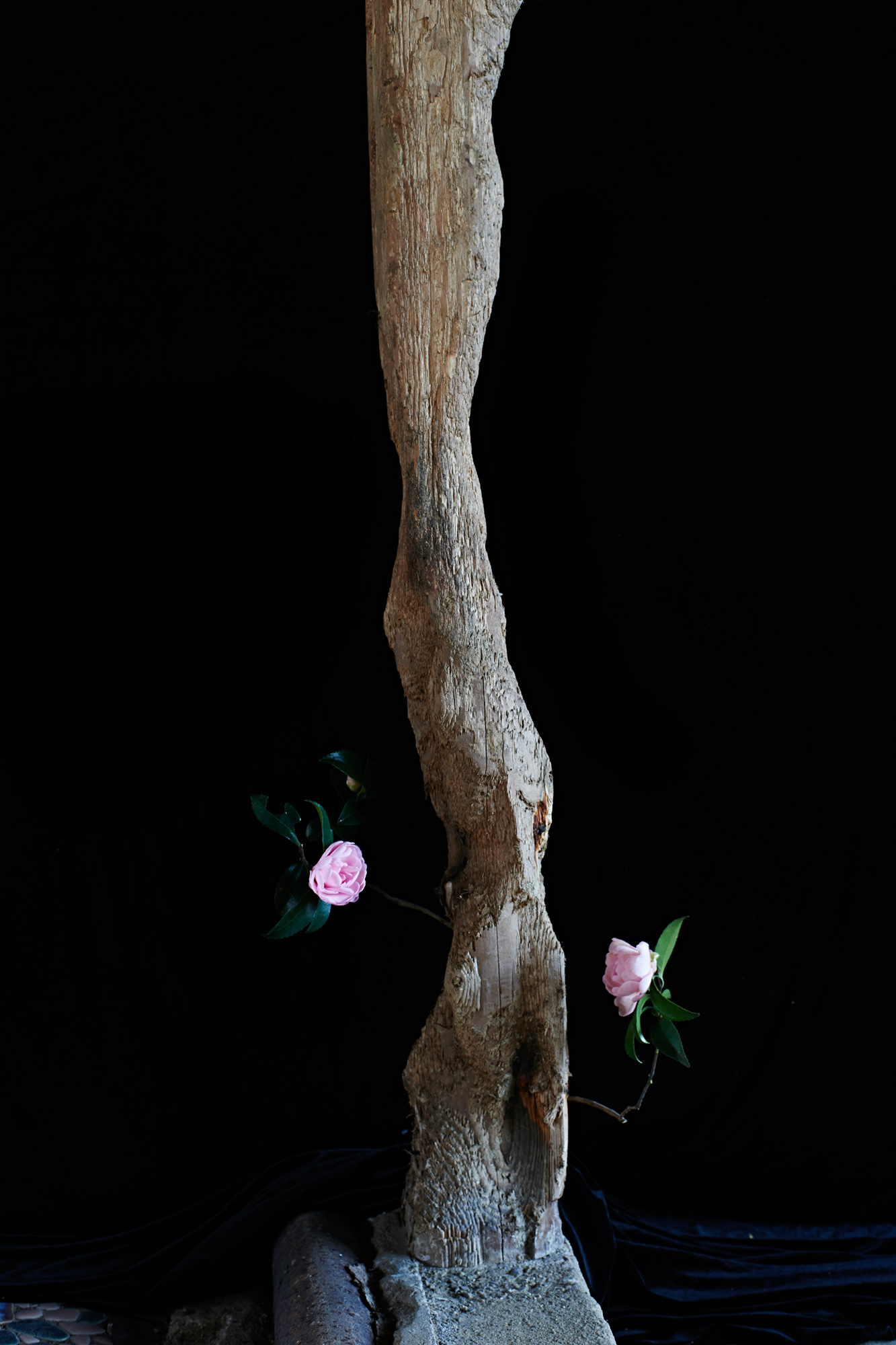Exhibitions
展示情報
- TOP
- Exhibitions
- Atsunobu Katagiri
5
ECHO of 2011: 5 Exhibitions
Atsunobu Katagiri
ECHO of 2011: 5 Exhibitions
Sacrifice
Nijo-jo Castle Ninomaru Palace Daidokoro Kitchen
[Open from 9/23 (Thursday/Public Holiday)]
9:30–17:00 | Closed: 9/18-22, 29, 10/6, 13
* Entrance to Nijo-jo Castle is open until 16:00
Adult ¥1,400
Students ¥1,000 (Please present your student ID)
* Nijo-jo Castle entry fee is not included. Must be paid in addition (¥620).
* [For visitors in wheelchairs] Due to the dangerous stone stairs leading to the exhibition hall, visitors in wheelchairs, unfortunately, cannot visit the exhibition.
Ten years have passed since the Great East Japan Earthquake and tsunami struck Japan in 2011. These events and the subsequent nuclear disaster are still affecting Japan today. People are struggling to recover and many of the challenges they faced are unabating. These five exhibitions share some of the important stories about and coming from this tragedy.
Born in Osaka in 1973. Ikebana artist. In 1997, at the age of twenty-four, Katagiri became head of the long-established Misasagi School of ikebana in Sakai, Osaka Prefecture. Katagiri's style ranges from traditional ikebana to contemporary artistic approaches, and he collaborates with artists from many different fields.
In 2013-14, Katagiri moved for a year to Minami-Soma in Fukushima Prefecture, where he walked in places deeply scarred by the Great East Japan earthquake and tsunami, single-mindedly creating flower arrangement from what he found growing there. These he turned into a photo book called "Sacrifice—The Ikebana of Regeneration, Offered to the Future." In the winter of 2020 he returned to Fukushima to photograph pillars of a barn that had been chewed on by cows left behind to starve to death when their owner was forced to evacuate due to the nuclear accident. Photographs from this series and from “Sacrifice” will be exhibited in KYOTOGRAPHIE 2021, along with his ikebana flower arrangements.
In 2013-14, Katagiri moved for a year to Minami-Soma in Fukushima Prefecture, where he walked in places deeply scarred by the Great East Japan earthquake and tsunami, single-mindedly creating flower arrangement from what he found growing there. These he turned into a photo book called "Sacrifice—The Ikebana of Regeneration, Offered to the Future." In the winter of 2020 he returned to Fukushima to photograph pillars of a barn that had been chewed on by cows left behind to starve to death when their owner was forced to evacuate due to the nuclear accident. Photographs from this series and from “Sacrifice” will be exhibited in KYOTOGRAPHIE 2021, along with his ikebana flower arrangements.
Fatal error: Uncaught Error: Undefined constant "php" in /home/kgvr/kyotographie.jp/public_html/2021.kyotographie.jp/wp-content/themes/theme_2019/single-exhibitions-en.php:207 Stack trace: #0 /home/kgvr/kyotographie.jp/public_html/2021.kyotographie.jp/wp-content/themes/theme_2019/single-exhibitions.php(4): include_once() #1 /home/kgvr/kyotographie.jp/public_html/2021.kyotographie.jp/wp-includes/template-loader.php(106): include('/home/kgvr/kyot...') #2 /home/kgvr/kyotographie.jp/public_html/2021.kyotographie.jp/wp-blog-header.php(19): require_once('/home/kgvr/kyot...') #3 /home/kgvr/kyotographie.jp/public_html/2021.kyotographie.jp/index.php(17): require('/home/kgvr/kyot...') #4 {main} thrown in /home/kgvr/kyotographie.jp/public_html/2021.kyotographie.jp/wp-content/themes/theme_2019/single-exhibitions-en.php on line 207


